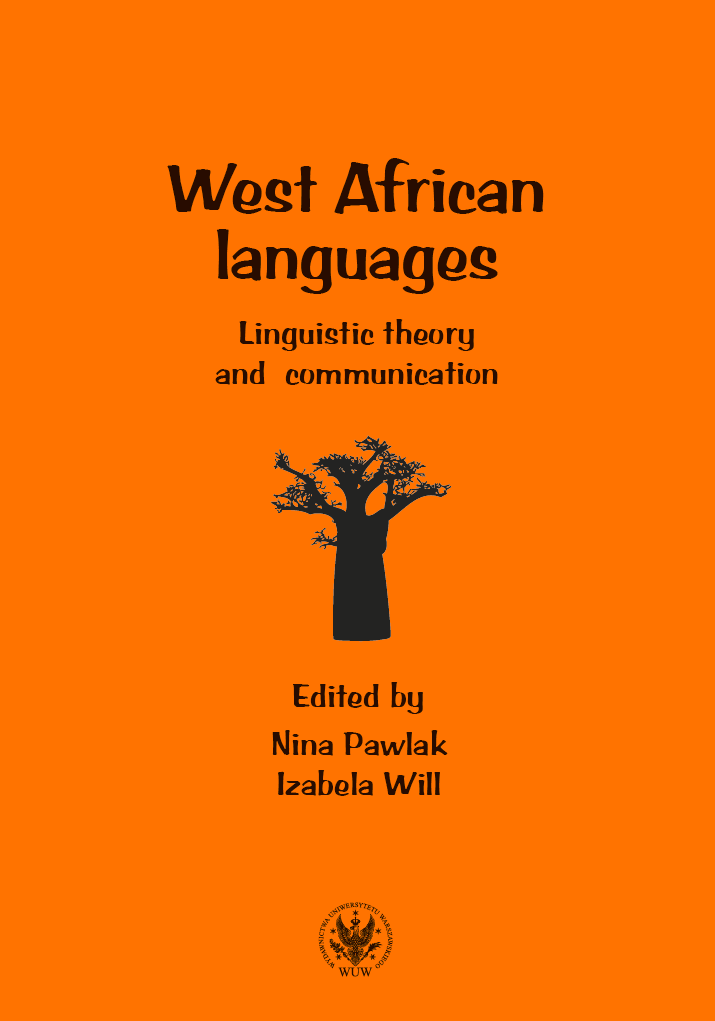Lexical iconicity in Adamorobe Sign Language (AdaSL) and Ghanaian Sign Language (GSL)
Lexical iconicity in Adamorobe Sign Language (AdaSL) and Ghanaian Sign Language (GSL)
Author(s): Mary Edward
Subject(s): Theoretical Linguistics, Applied Linguistics
Published by: Wydawnictwa Uniwersytetu Warszawskiego
Keywords: sign language; gesture; patterned iconicity; handheld tools; cognitive linguistics; Ghana; Adamorobe
Summary/Abstract: The visual modality of sign languages offers a high potential for iconicity, i.e. resemblance relationships between form and meaning. Of particular interest is the understanding that iconicity is not monolithic but demonstrated through different devices and strategies that may be influenced by cultural factors and specific communicative contexts. This chapter discusses signers and gesturers preference for specific iconic strategies to name handheld tools. Signers of Ghanaian Sign Language (GSL) and Adamorobe Sign Language (AdaSL) were compared with rural gesturers (Adamorobe) and urban gesturers. Working within the cognitive linguistic framework, the chapter discusses signers and gesturers preference for instrument and handling strategies and the consistent use of iconic strategies across signers in each group. Signers and gesturers exhibited systematic preference for iconic representation of tools, choosing an action-based sign depicting how the object is held (handling) or depicting features of the object (instrument). Interesting finding of this chapter is the language contact situation in Adamorobe, and its influence on the rural gesturers’ preference for iconic representation although all the gesturers confirmed no prior knowledge of AdaSL.
Book: West African languages. Linguistic theory and communication
- Page Range: 230-251
- Page Count: 22
- Publication Year: 2020
- Language: English
- Content File-PDF

